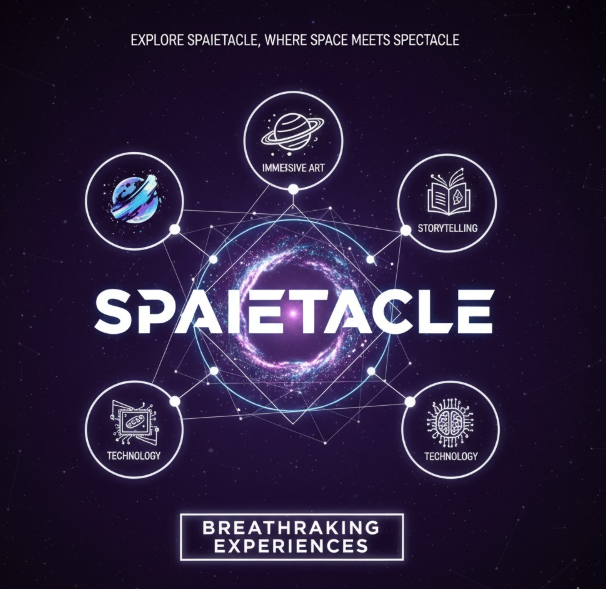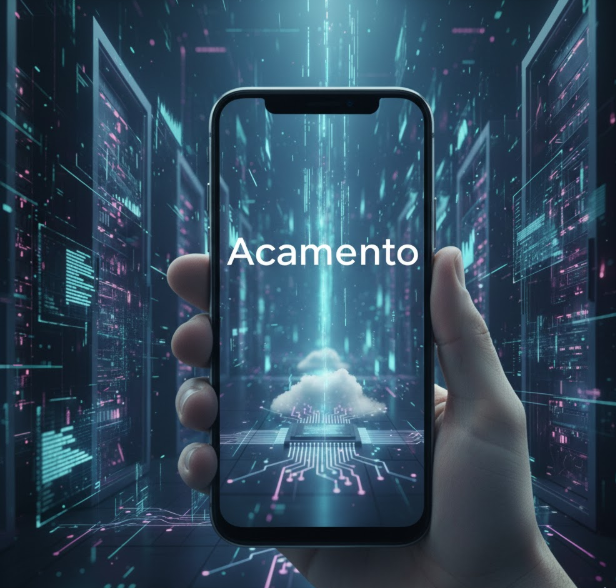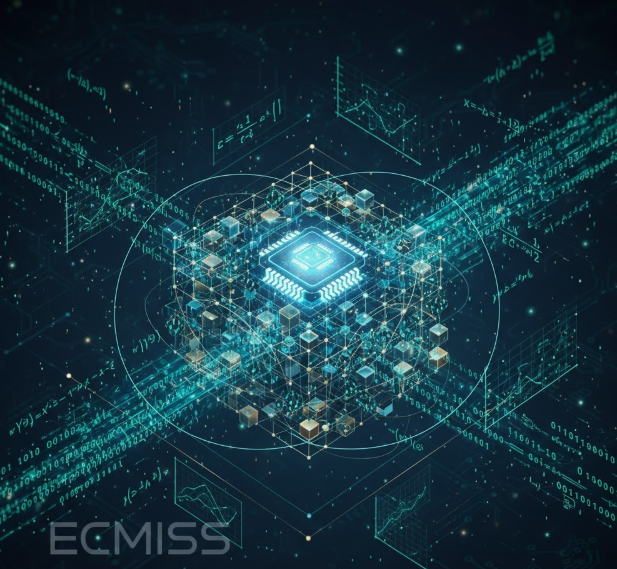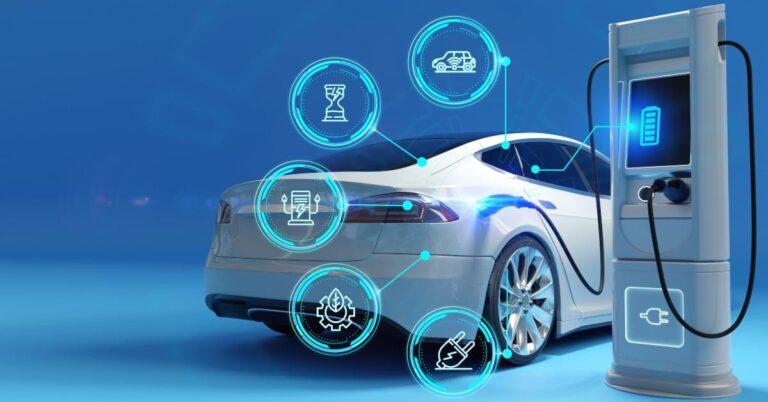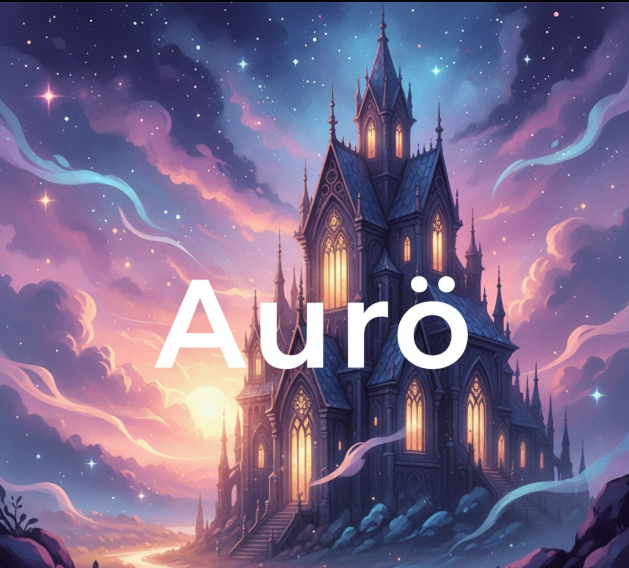The Rise of Spaietacle: A New Kind of Immersive Experience
For centuries, art enthralled us through paintings, sculptures, or stage performances. But now, a new form of experience is emerging—one where you don’t just see art, you live it. Spaietacle is the fusion of space and spectacle, where ambient design, interactive technology, and narrative converge to immerse participants in worlds beyond imagination. What exactly is Spaietacle? Why is it gaining traction? And how might it reshape art, culture, and experience in the years ahead? Let’s explore.
What Does Spaietacle Mean?
At its heart, Spaietacle is a compound idea: space plus spectacle. It implies an environment designed not merely for viewing but for presence. In a Spaietacle, the layout, the walls, the light, the sound, and your own movement are all part of a cohesive, responsive story.
Unlike traditional spectacle—think theater, concerts, installations—Spaietacle demands spatial awareness. You become part of the work, not its audience. The boundary between performer and spectator fades. The environment adapts to you; it listens, morphs, and responds.
This concept elevates art from static presentation to dynamic engagement. It treats space itself as a canvas, story world, playground, or laboratory. When done well, Spaietacle invites wonder, reflection, and emotional connection.
How Spaietacle Has Evolved Over Time
The idea behind Spaietacle grew gradually, as art and technology converged.
In earlier eras, sacred and ritual spaces (temples, ceremonies, processions) used architecture, light, motion, and sound to stir emotions. The space itself carried meaning. Later, theater and performance art added control over lighting, staging, and timing.
Then multimedia installations and interactive art emerged—artists experimenting with projection, video, sensors, and sound to make environments that react to presence. With advances in VR/AR, computing, sensor technology, creators could build spaces that respond, shift, and evolve.
Today, Spaietacle pulls from all these threads: ritual, performance, interaction, and spatial storytelling. It is a meeting of art, design, technology, and experience economy—all meant to place the participant inside a living, breathing narrative.
Core Elements That Make an Experience Spaietacle
To create a true Spaietacle, several elements tend to appear. Not every project will include them all, but these are hallmarks you’ll often see:
Spatial Design and Flow
How visitors move through the space matters. Zoning, transitions, thresholds, pathways—all tell the story. Designers think of entrances, exits, pauses, surprises, sightlines, focal points.
Visuals & Projection Mapping
Walls, floors, ceilings, even objects become canvas. Projection mapping lets imagery wrap surfaces, shift, distort, and animate. Light can dissolve boundaries, reveal hidden layers, or morph textures.
Immersive Audio & Soundscapes
Audio envelops you. Spatialized sound, ambient layers, footsteps, whispers, directional cues—all create depth. Sound responds to movement and environment.
Interactive / Participatory Mechanics
Sensors, motion tracking, pressure pads, touch interfaces, mobile controls—these allow visitors to influence what happens. Maybe stepping into a zone triggers a shift, or your presence modifies visuals.
Mixed Reality (VR / AR) Layers
When digital and physical overlap, experience deepens. AR overlays can bring hidden elements into view. VR segments can transport you elsewhere mid-journey, seamlessly integrated.
Narrative & Emotional Architecture
A Spaietacle often carries a narrative thread (linear or branching). Emotional design ensures tension, release, pacing, surprises. Even non-story projects embed a flow of moods.
Responsiveness & Adaptability
The environment adapts to light, time, weather, number of people, or movement. Feedback loops keep the space alive and mutable.
Real-World Examples That Echo Spaietacle
To see Spaietacle in action, look at immersive art projects that push boundaries:
Meow Wolf
A pioneer in interactive immersive art, Meow Wolf creates installations combining storytelling, hidden passageways, interactive elements, and surreal worlds.
- For example, House of Eternal Return in Santa Fe is a multi-room walk-through installation blending mystery, fantasy, and surprise.
- Another is The Real Unreal in Grapevine, Texas, built inside a mall, transforming familiar spaces into alternate realms.
- In Las Vegas, Omega Mart turns a surreal grocery store into a narrative cosmos of hidden doors and otherworldly twists.
- Meow Wolf’s Denver Convergence Station spans 90,000 square feet, with multiple interconnected worlds and narrative threads.
These examples show how immersive storytelling, spatial design, and participant agency can combine deeply.
Hopscotch Immersive Art Experience
Hopscotch (San Antonio, Portland) is a gallery that features interactive installations from global artists. It spans about 20,000 square feet and includes light displays, illusions, motion-sensitive art, and immersive spaces.
Visitors report whimsical, playful environments: ball pits, rooms that respond to movement, visual illusions, interactive kinetic displays.
Hopscotch has grown from a short pop-up to permanent venues in San Antonio and Portland.
These real examples embody many traits of Spaietacle: spatial immersion, participatory design, narrative hints, and emotive experience.
Why Spaietacle Matters Now
Deep Engagement Over Passive Viewing
In a world of screens and mediocrity, Spaietacle offers presence, surprise, and delight. Participants aren’t just observers—they become part of the work.
Blending Physical & Digital Worlds
Spaietacle helps bridge the gap between physical installations and digital space. Even remote audiences can engage through hybrid or online versions.
Cultural Expression & Identity
Spaietacle lets communities tell stories in immersive space: local legends, identity, collective memory can be embedded in architecture, performance, and interaction.
Supporting the Experience Economy
People now spend more on experiences than material goods. Spaietacle fits into that shift. It offers something unique and memorable—not just a product.
Inclusivity & Reach
When designed thoughtfully, Spaietacle can reach beyond traditional art venues. Digital or small-scale versions can bring immersive experiences to schools, remote areas, and virtual audiences.
Challenges and Trade-Offs
Even the most ambitious Spaietacle projects face real obstacles:
- Cost & Resources
High quality visuals, hardware, installation, calibration, maintenance—all demand budget, time, skilled labor. - Technical Complexity & Reliability
Sensors drift, projectors misalign, hardware fails. Good fallback designs and maintenance are essential. - Access Inequality
Many people lack AR/VR headsets or high-end devices. Venues may be out of reach to some audiences. - Risk of Spectacle Without Depth
It’s tempting to dazzle with visuals. But without narrative, emotional grounding, or thoughtful design, a project can feel hollow. - Energy & Environmental Footprint
Large installations and digital components can consume much energy. Sustainable practices must be considered. - Cultural Sensitivity & Authenticity
Immersive works that borrow from culture or tradition must do so respectfully, with collaboration, not appropriation.
Designing or Experiencing a Spaietacle: Practical Tips
For Creators / Curators
- Begin with story or emotional journey, then layer spatial design and interaction.
- Prototype early: test sensor triggers, transitions, light mapping on smaller models.
- Use modular and scalable components so parts can evolve or be reused.
- Include fallback modes so experience still works if hardware fails.
- Build in accessibility: varying device support, alternative interactions, multilingual prompts.
- Collect feedback: sensors, survey, motion data to learn and improve.
For Attendees / Explorers
- Move slowly; let surprises reveal themselves.
- Pause and sense your surroundings—listen, touch surfaces, look for triggers.
- Don’t rush through. Depth often lies in transitions or hidden corners.
- Engage with interactive elements—your action likely changes the experience.
- Stay open: immersive experiences often ask you to set aside expectations.
Closing Reflections
Spaietacle stands at the intersection of art, space, and technology. It invites you not just to look, but to step inside. It blends the physical and the digital, the emotional and the interactive.
As more creators adopt Spaietacle, and technology becomes more accessible, we may see it in cities, schools, public festivals, and daily life. It offers a way to reconnect with wonder in a fast, screen-filled world.
If you are curious, look for immersive shows in your area or online. Let your senses guide you. Spaietacle may not just change the way you watch — it could change the way you feel, remember, and imagine.
Why Spaietacle Is Relevant in Today’s World
In a media-saturated age, people want more than passive viewing. They seek experiences they can feel. Spaietacle offers this deeper engagement.
It helps bridge digital and physical worlds, allowing artists to reach global audiences while preserving local space and identity. It also grants flexibility: in-person or remote, large or intimate, permanent or fleeting.
Spaietacle has cultural power. It lets communities tell stories in immersive space, blending tradition and modernity. It also helps brands stand out by creating memorable emotional connections.
Technology also supports this shift: better AR, projection tools, cheaper sensors, mobile devices make Spaietacle more accessible than before.
So Spaietacle meets today’s need: meaningful, interactive, sensory-rich experiences that reflect the digital and physical blend of modern life.
Future Trends in Spaietacle
Spaietacle continues evolving. Here’s what may come next:
- AI-Driven Content & Adaptation
Environments that generate or change narrative in real time based on your gestures, voice, or emotion. - Full Multi-Sensory Expansion
Incorporation of scent, ambient temperature, wind, tactile feedback to deepen presence. - Drone & Volumetric Projection Shows
Aerial elements, projection into volume (not just surfaces), light drones weaving narratives in air. - Portable / Modular Spaietacles
Pop-ups, traveling kits, or neighborhood versions adapt to local environments. - Stronger Sustainability Focus
Solar power, recycled materials, efficient lighting, passive systems. - Therapeutic & Educational Uses
Immersive experiences for healing, memory work, sensory therapy, or immersive teaching. - Collaborative Spaietacles Across Regions
Co-created events where participants in different cities participate in the same immersive narrative.
Conclusion
Spaietacle is more than a buzzword. It’s a frontier in how we design experience. When executed with intention, it offers emotional depth, participation, and wonder. The examples from Meow Wolf and Hopscotch show what’s possible today. The path forward invites innovation, accessibility, and meaning.
If you’re a creator, think about how space, interaction, narrative, and sensitivity can come together. If you’re a viewer, seek out immersive shows, explore with curiosity, and let the experience move you. Spaietacle is not just about art—it’s about how we feel, remember, and connect.
